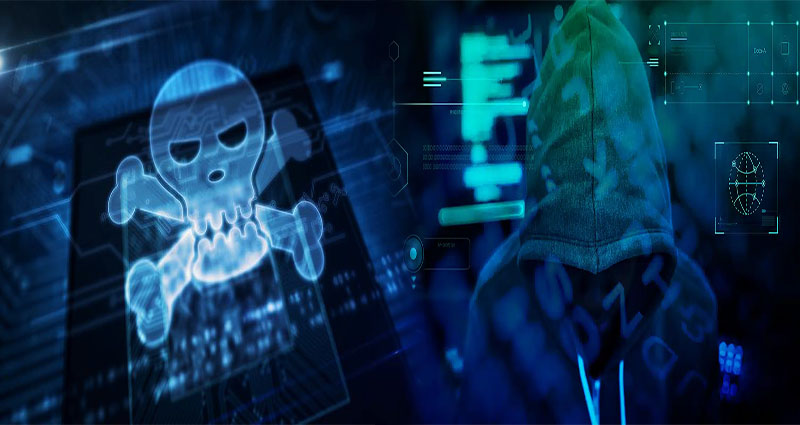Ransomware attacks have emerged as a prevalent and damaging threat to individuals and organizations worldwide. Understanding how ransomware operates and implementing preventive measures is essential in safeguarding against this malicious cyber threat. In this comprehensive article, we will explore the nature of ransomware attacks, how they work, and effective strategies for preventing and mitigating their impact.
What are Ransomware Attacks?
Ransomware is a form of malware that encrypts a victim’s files or locks them out of their own system, demanding payment of a ransom in exchange for restoring access. These attacks can have severe consequences, leading to data loss, financial extortion, and disruption of operations. Ransomware is typically delivered through phishing emails, malicious attachments, or compromised websites, making it crucial for individuals and organizations to remain vigilant and informed.
How Ransomware Works
Ransomware attacks typically follow a series of well-defined steps:
- Infiltration: Ransomware gains access to a victim’s system through deceptive email attachments, malicious links, or software vulnerabilities.
- Encryption: Once inside a system, ransomware swiftly begins encrypting the victim’s files using advanced encryption algorithms, rendering them inaccessible.
- Ransom Demands: The victim is presented with a ransom note, usually demanding payment in cryptocurrency, and providing instructions on how to make the payment.
- Payment and Decryption: If the victim chooses to pay the ransom, they may receive decryption keys or tools to unlock their files. However, payment does not guarantee the return of full access to their data.
Preventing Ransomware Attacks
Proactive measures are vital in preventing ransomware attacks and mitigating their impact. Here are some key strategies for defending against ransomware:
- Educate and Train Employees: Provide comprehensive training to help employees recognize phishing attempts, suspicious emails, and potentially harmful attachments.
- Regular Backups: Maintain regular backups of critical data on a separate and secure network or cloud storage. Regularly test the backups to ensure their integrity and usability.
- Keep Software Updated: Promptly install updates and security patches for operating systems, software, and applications to address vulnerabilities and security flaws.
- Use Security Software: Employ robust antivirus and anti-malware solutions, and ensure they are regularly updated and actively scanning for threats.
- Enable Firewall Protection: Utilize firewalls to monitor and manage incoming and outgoing network traffic, effectively blocking suspicious connections.
- Implement Access Controls: Restrict user privileges and access to sensitive files and systems, limiting the ability of ransomware to propagate across the network.
- Strong Authentication and Password Policies: Enforce the use of strong, unique passwords and implement multi-factor authentication to enhance security.
- Email Filtering: Deploy advanced email filtering technologies to identify and block malicious attachments and phishing emails before they reach users’ inboxes.
- Incident Response Plan: Develop and regularly test an incident response plan to ensure a coordinated and effective response to a potential ransomware attack.
- Network Segmentation: Segment and isolate network environments to contain and inhibit the lateral movement of ransomware within the infrastructure.
Ransomware attacks continue to pose a significant threat to individuals, businesses, and government entities. Understanding the nature of ransomware and taking proactive steps to prevent and mitigate its impact is essential in today’s digital landscape. By staying informed, implementing robust security measures, and fostering a culture of cybersecurity awareness, individuals and organizations can effectively defend themselves against ransomware attacks and safeguard their valuable data and assets.









